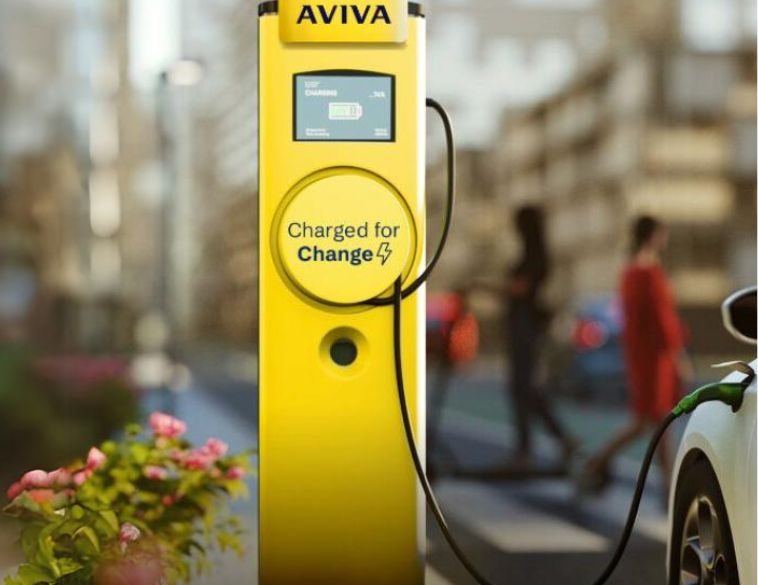Determining how your customer arrived at your website is a lot easier than you might expect.
“And you may find yourself behind the wheel of a large automobile … and you may ask yourself, well, how did I get here?” — “Once in a Lifetime” by Talking Heads
With apologies to David Byrne, the dealer who sold you that large automobile is quite happy that you did get there. But what he or she wants to know is: how DID you get there?
What was the path that ultimately led an interested buyer to purchase the car? What specific marketing points—especially when thinking about the increase in digital shopping—along the way helped influence a buyer’s decision?
That great Chinese proverb says that a journey of a thousand miles begins with a single step. And though each and every step along the way played a role in the journey, was each step equally valuable in achieving the goal? Or were some steps far more important than others to the outcome?
Attribution modelling defined
Dealers have long tried to identify the best and most effective marketing strategies that ultimately lead to conversion from shopper to buyer. In the last couple of years, attribution modelling has become the hot focal point across many industries and should not be overlooked, especially in the automotive world. If you’re unfamiliar with attribution modelling, let me break it down for you.
An attribution model is the rule or set of rules that determines how credit for sales and conversions are assigned to touchpoints in conversion paths. What this means is that if attribution modelling is put in place, the last click before purchase is no longer given the sole credit for the sale. Clicks that happened along the way—while buyers are window-shopping the web—can be attributed to the final sale as well. So why is this important?
For years, credit for each conversion has always been given to the click that clocks the final online pre-sale move. Everything was attributed to where the user was, when they made the last click to the ad or site, and their decision to buy. But the true picture is way more complicated than that.
That’s what true attribution modelling seeks to identify. Attribution modelling doesn’t simply look at the last step. It reviews and assesses the buyer’s path from multiple standpoints and aims to assign the right weight to each point of contact that contributed on the path to conversion.
Available tools
Not only is the technology to track this amazing, even better, it’s also readily available to dealers. The tools are at every dealer’s disposal: Google analytics offers a treasure trove of measuring tools that can be easily— and freely—activated to help give the clearest possible picture of which touchpoints influenced the buyer and converted them to purchase.
Data-driven attribution modelling, like Google Analytics, holds the potential to drill down into your target customers’ buying habits and, by extension, to reveal where you can reap the biggest bang-for-your-buck with respect to ad buys and platforms.
The ad-click value proposition
Many marketing sites have already jumped on the attribution modelling train and are eager to help add value and weight to your advertising spends. If they can prove that their site garners a ton of traffic and that online shoppers are coming to browse, get information or get inspired, then why wouldn’t they want to be a part of this kind of ad-click value proposition?
Conversely, attribution models can also flag where you shouldn’t be allocating as many, if any, resources. Are your ad placements contributing to conversions or are you throwing money to a vendor site that isn’t actually delivering? A lot can come down to gut-based decisions in business, but with the depth of data-driven insights now available to any dealer, marketing strategies don’t have to be done that way.



